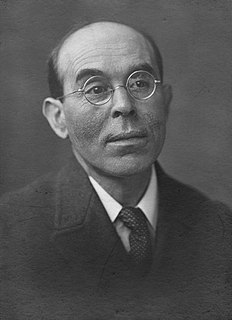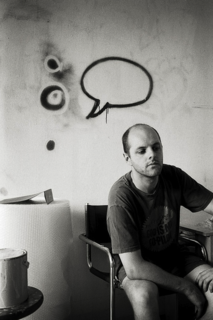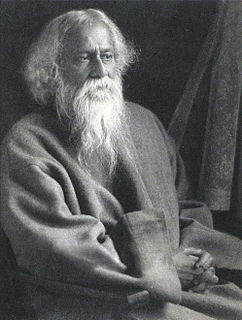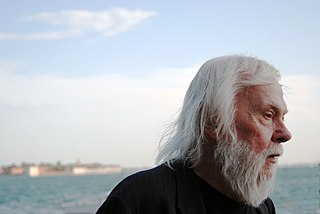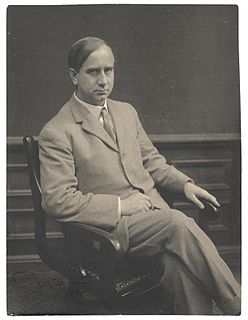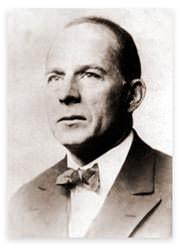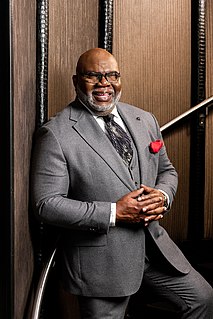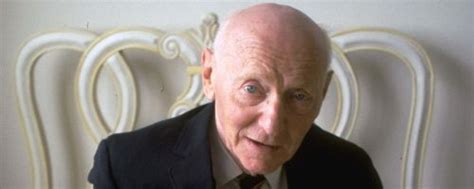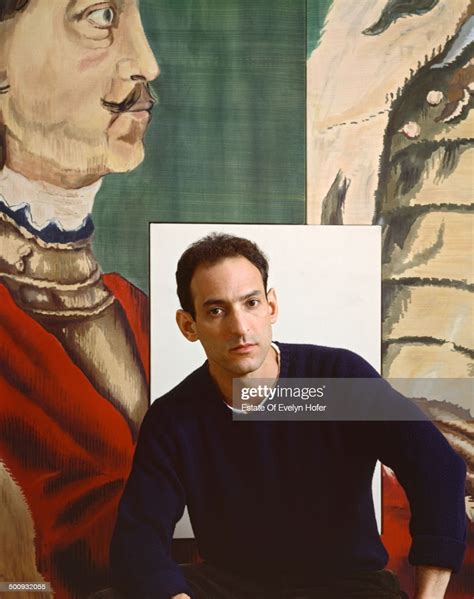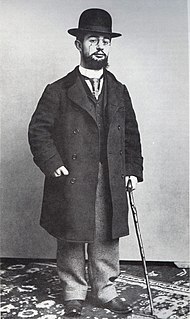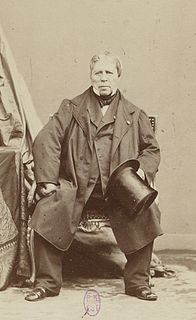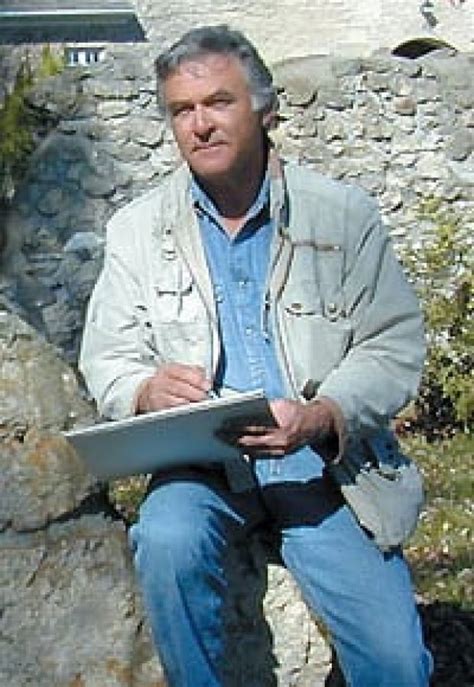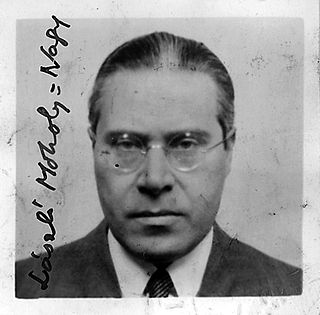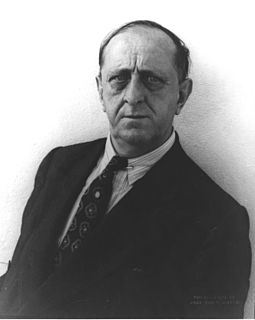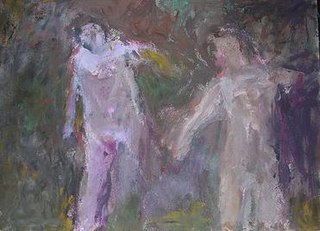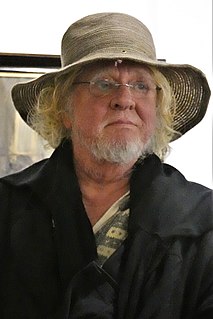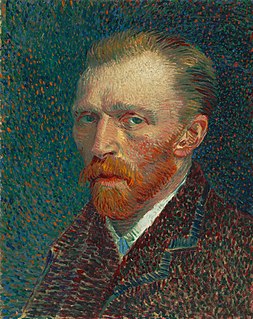A Quote by Pablo Picasso
If I were to sign it now, I'd be committing forgery. I'd be putting my 1943 signature on a canvas painted in 1922.
Related Quotes
In one way or another, I always marked my pictures. But there were times when I put my signature on the back of the canvas. All my works from the cubist period, until about 1914, have my name and the date on the back side of the stretcher. I know someone spread the story that in Céret, Braque and I decided not to sign our pictures anymore. But that's just a legend!
I envied women with signature hair-dos, signature perfumes, signature sign-offs. Novelists who tell Vogue Magazine: “I can’t live without my Smythson notebook, Pomegranate Noir cologne by Jo Malone and Frette sheets”. In the grip of madness, materialism begins to look like an admirable belief system.
We have crossed the boundary that lies between Republic and Empire. If you ask when, the answer is that you cannot make a single stroke between day and night: the precise moment does not matter. There was no painted sign to say: 'You are now entering Imperium.' Yet it was a very old road and the voice of history was saying: 'Whether you know it or not, the act of crossing may be irreversible.' And now, not far ahead, is a sign that reads: 'No U-turns.'
No one would want to pay a penny for an empty canvas by me. But it would be quite another if the empty canvas were signed by a great artist. I would be surprised if an empty canvas by Picasso or Matisse signed and inscribed with the words, 'I wanted to paint such and such on this canvas, but did not do so,' would not fetch thousands... After all, with an empty canvas, the possibilities are limitless, and so perhaps is the cash.
I've never found anything to be lacking in a blurry canvas. Quite the contrary: you can see many more things in it than in a sharply focused image. A landscape painted with exactness forces you to see a determined number of clearly differentiated trees, while in a blurry canvas you can perceive as many trees as you want. The painting is more open.

